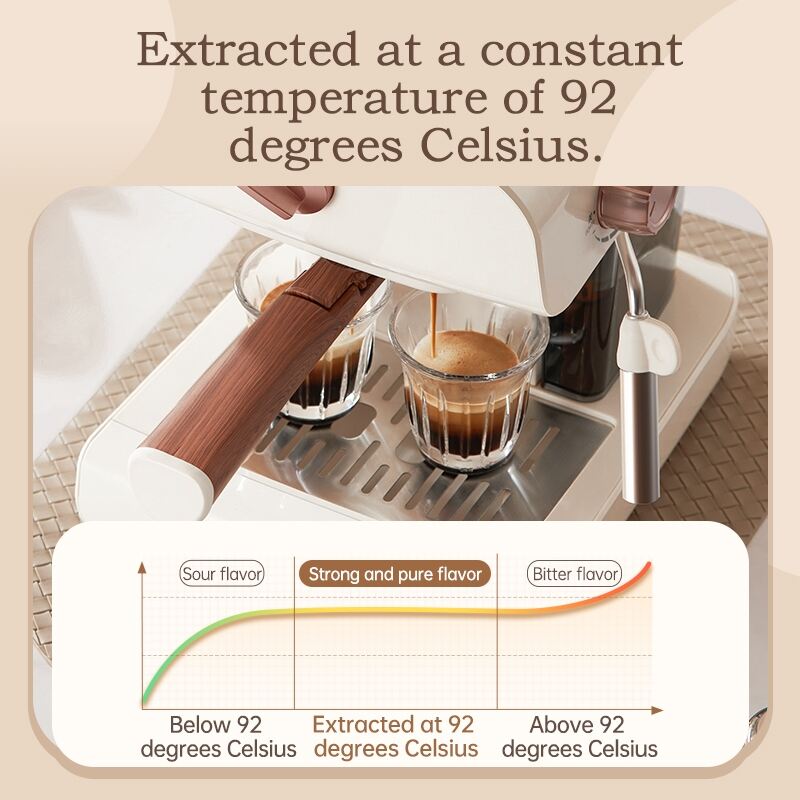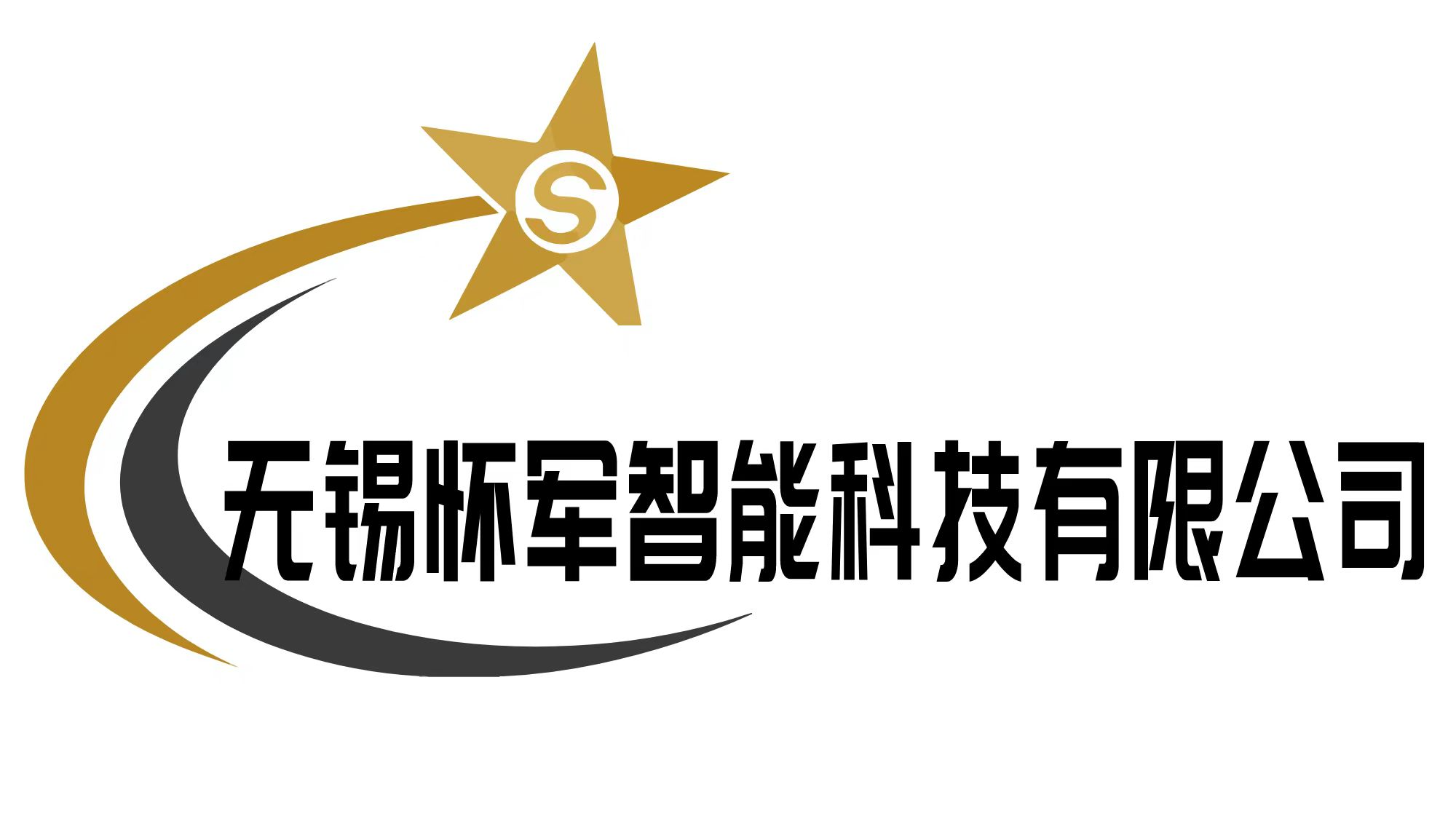Understanding the Perfect Coffee Brewing System
For coffee enthusiasts seeking the ultimate brewing experience, a coffee machine with grinder represents the pinnacle of home coffee preparation. These all-in-one systems combine the precision of fresh grinding with automated brewing, delivering superior flavor and convenience. The integration of grinding and brewing ensures that your coffee's essential oils and aromas are preserved, resulting in a cup that rivals professional barista quality.
Essential Features of Premium Coffee Machines with Grinders
Grinder Mechanism and Settings
The heart of any coffee machine with grinder lies in its grinding mechanism. Burr grinders, available in flat or conical designs, offer superior consistency compared to blade grinders. Premium models typically feature multiple grind settings, allowing you to adjust from fine espresso grinds to coarser settings for French press brewing. The best machines incorporate hardened steel or ceramic burrs, which maintain their sharpness longer and generate less heat during grinding, preserving the beans' delicate flavors.
Advanced models often include particle size adjustments and dose control settings, enabling you to fine-tune your grind for different coffee varieties and brewing methods. This level of customization ensures that whether you're brewing light Ethiopian roasts or dark Italian blends, you'll achieve optimal extraction and flavor development.
Brewing Technology and Controls
Modern coffee machines with grinders incorporate sophisticated brewing systems that precisely control water temperature, pressure, and flow rate. Look for models with PID temperature control, which maintains consistent brewing temperatures within a fraction of a degree. Pre-infusion capabilities gently wet the grounds before full extraction, ensuring even saturation and balanced flavor.
Digital interfaces provide intuitive control over brewing parameters, while programmable settings allow you to save preferred configurations for different coffee varieties. Some advanced systems even offer smartphone connectivity, enabling remote operation and customization of brewing profiles.
Material Quality and Construction Considerations
Build Materials and Durability
The construction quality of a coffee machine with grinder significantly impacts its longevity and performance. Premium models typically feature stainless steel housing, which not only looks sophisticated but also provides excellent durability and heat retention. The water reservoir should be made from high-grade, BPA-free materials, while internal components should demonstrate robust engineering with minimal plastic parts in critical areas.
Pay attention to the quality of seals, gaskets, and connection points, as these are common failure points in lower-quality machines. High-end models often incorporate commercial-grade components, ensuring reliability under frequent use and simplified maintenance when parts eventually need replacement.
Capacity and Footprint Considerations
The size of your coffee machine with grinder should align with your household's coffee consumption and available counter space. Bean hopper capacity typically ranges from 8 to 16 ounces, while water reservoirs can vary from 40 to 80 ounces. Consider whether you need a compact unit for occasional use or a larger system capable of serving multiple coffee drinkers throughout the day.
Vertical clearance requirements are often overlooked but crucial, especially for machines with top-loading hoppers. Ensure your chosen model fits comfortably under kitchen cabinets while allowing easy access for refilling and maintenance.

Maintenance and Cleaning Requirements
Daily Cleaning Protocols
Regular maintenance ensures optimal performance from your coffee machine with grinder. Daily cleaning tasks include emptying the drip tray, wiping down the steam wand if present, and purging the grinder of residual grounds. Some models feature automatic cleaning cycles for the brewing system, while others require manual backflushing with specialized cleaning solutions.
The grinder component requires particular attention to prevent oil buildup and maintain consistent grinding performance. Look for models with easily accessible burrs and included cleaning tools, making regular maintenance less cumbersome.
Long-term Care and Descaling
Periodic descaling prevents mineral buildup that can affect both flavor and machine longevity. Advanced machines often include water hardness testing and filtration systems, helping to extend intervals between descaling sessions. When selecting a coffee machine with grinder, consider models that provide clear maintenance indicators and step-by-step guidance through cleaning procedures.
Some manufacturers offer comprehensive maintenance kits and detailed video tutorials, making it easier to keep your investment in prime condition. Regular burr replacement schedules and calibration requirements should also factor into your purchase decision.
Investment Considerations and Value Assessment
Price Range Analysis
While quality coffee machines with grinders represent a significant investment, their cost should be evaluated against the long-term savings of home brewing versus café purchases. Entry-level machines typically start around $500, while premium models can exceed $2,000. Consider features that justify higher price points, such as commercial-grade components, advanced programming capabilities, and extended warranty coverage.
The grinder quality often accounts for a substantial portion of the machine's cost, with higher-end burr sets and grinding mechanisms commanding premium prices. Evaluate whether additional features like dual boilers or flow control systems align with your brewing preferences and justify the added expense.
Long-term Value and Reliability
When assessing value, consider the machine's expected lifespan and the manufacturer's reputation for customer support. Quality coffee machines with grinders from established brands typically last 7-10 years with proper maintenance. Factor in the availability of replacement parts and local service options when making your selection.
Some manufacturers offer modular designs that allow for component upgrades over time, potentially extending the machine's useful life and adapting to evolving coffee preferences. Consider these future-proofing features when evaluating different models and price points.
Frequently Asked Questions
How often should I clean my coffee machine with grinder?
Basic cleaning should be performed daily, including emptying the drip tray and wiping down external surfaces. The grinder should be cleaned weekly, while deep cleaning and descaling are typically required every 2-3 months, depending on usage and water hardness.
What grind settings should I use for different brewing methods?
For espresso, use fine settings (similar to table salt). Medium grinds work well for drip coffee and pour-over methods. Coarse grinds are ideal for French press and cold brew. Most machines offer numbered or labeled settings to guide your selection.
How long do burr grinders typically last before requiring replacement?
Quality burr grinders typically last 4-7 years before requiring replacement, depending on usage volume and coffee bean types. Steel burrs generally need replacement sooner than ceramic ones but offer more precise grinding capabilities.




